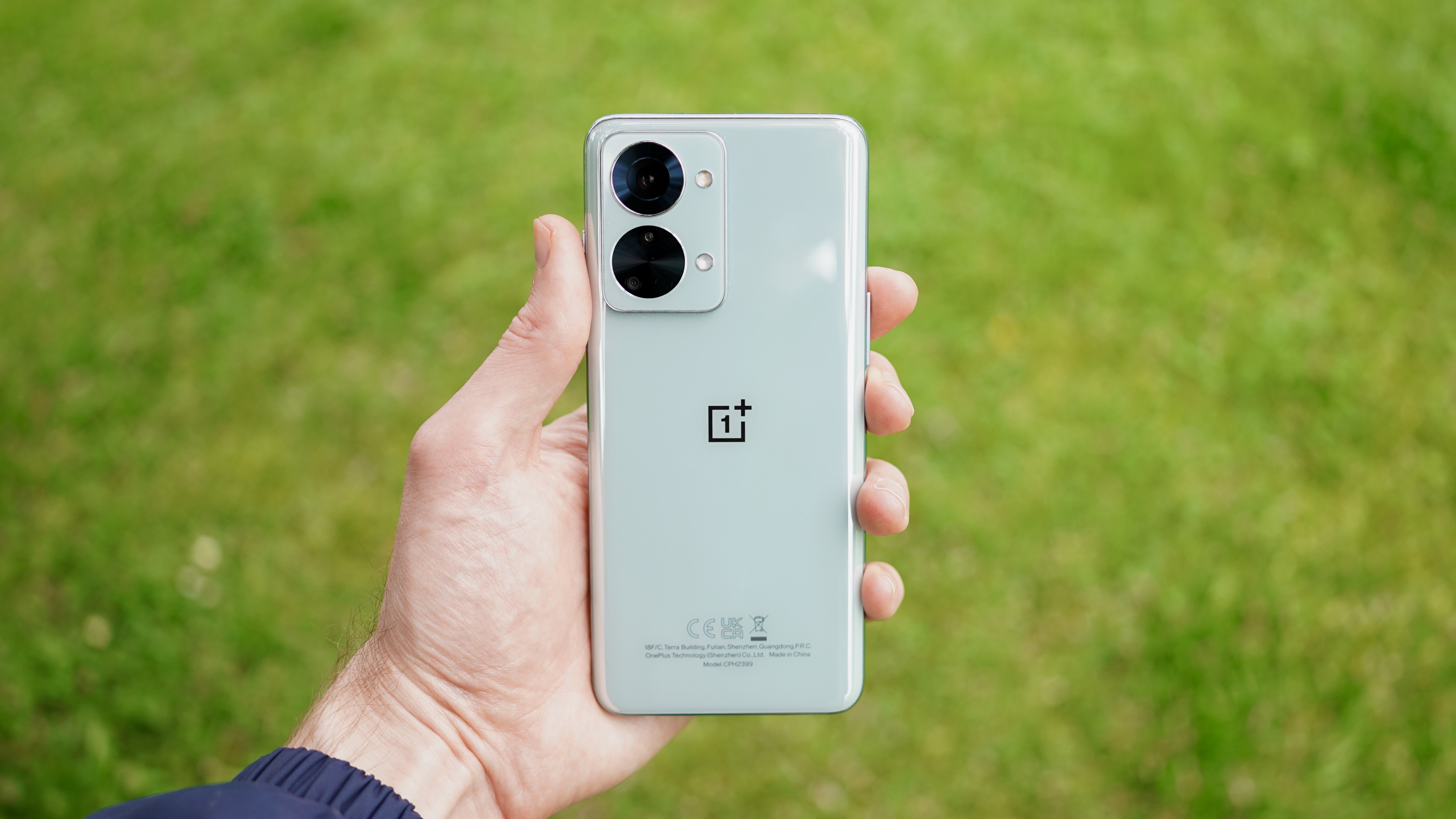OnePlus 10T shows OnePlus is starting to remember what made it great

Fans of OnePlus phones are turning against the company.
Just look at Reddit – threads like this show disgruntled OnePlus users deciding which phones from rival manufacturers to buy. Or head to the brand's forums, where fans complain bitterly about the new features of the OnePlus 10T. The comments on the 10T launch live stream weren't particularly complimentary either and this issue might have been why.
This is a change of fortune for a company that got its start from creating and catering to a passionate cabal of tech fans. Long gone is the time when hype for OnePlus mobiles was spread via word of mouth and exclusive invites.
This sea change has seemingly coincided with a change in tack for OnePlus itself. The brand started with competitive mid-range mobiles that were given the moniker 'flagship killers', for the rivalry they gave to industry stalwarts, but with the OnePlus 7 series in 2019, it began making the same kind of flagship phones that it had previously sought to undercut.
Sure, the OnePlus Nord family launched in 2020 to give budget-oriented fans something to aim their wallets / purses at, but they lack many of the bells and whistles – and, more importantly, new and impressive features – compared to OnePlus' numbered device series. Plus, Nord phones hover around the budget and lower-mid-range market tiers, with nothing to cater to people who want 'true' mid-range phones that could viably serve as a 'flagship killer' once more.
This notion gets pulled into sharp focus with the recent OnePlus 10T, because it's the first mid-range phone from OnePlus we've seen in years, and it could prove to be a make-or-break moment for the company.
OnePlus 10T issues

The OnePlus 10T feels like a budget version of the OnePlus 10 Pro from earlier in 2022.
Sign up for breaking news, reviews, opinion, top tech deals, and more.
It has much weaker cameras (especially without the Hasselblad partnership and branding), a less premium design (lacking a curved-edge display), poor battery life, a temperamental fingerprint scanner, no alert slider (a brand staple) and a lower-resolution display.
The price reflects that too – the new mobile costs $649 / £629 for its cheapest variant, compared to $899 / £799 for the OnePlus 10 Pro in the same configuration (though upon the T's launch, the older phone got reduced to $799 in the US).
That's a difference of $150 / £170 for a phone that has quicker charging and a mildly better chipset, but is a downgrade in most other departments. In the US, it's the cheapest numbered-series phone we've seen in some time, though in the UK the OnePlus 8 was cheaper.
Nord, rise up

OnePlus currently doesn't have much of a presence in the mid-range market.
Its numbered phones from the last few years have mainly been premium models, while its Nord devices are mostly budget ones; the closest it has to a mid-ranger is the OnePlus Nord 2T, which costs £369 (around $460 / AU$655), or maybe some of its older flagships which have dropped in price over time.
But as brands like Xiaomi, Realme and Poco have shown, there's an appetite among phone fans for more competitive mid-range mobiles. These are ones that straddle the gap between cheap and expensive, providing decent feature sets without the price tag that your iPhone or Samsung Galaxy S series phone comes with.
There's no real mid-range champ at the moment, despite plays made from several brands including Honor and Nothing. Many companies have adapted their mid-rangers, turning their series into a premium one (looking at you, Xiaomi), or conversely a budget one (Motorola's Edge series is an example of this).
So there's an ill-contested territory that OnePlus could easily step into – as we said, it's one it used to own.

A new mid-range champ?
There are two types of mid-range phones. Most of them are simply ones that fill the void between budget and premium devices, but then there are the 'flagship killers' for lack of a more gentle term (a term popularised by OnePlus in its early days, no less).
These are your Xiaomi Mi Note 10s, your Realme GTs, and sure, your older OnePlus phones. They take top-end specs and features, and simply offer them for a mid-range price. They tempt you away from high-price models to more affordable alternatives.
And that's the difference between old OnePlus and current OnePlus, the newer devices – even ones that sit just below the premium line – don't blow you away with their specs like the old ones did.
But the OnePlus 10T is different – it has a great-looking display, incredibly powerful chipset and super-fast charging. It brings specs you'd expect in a plus-$/£1,000 phone but offers them to you for a much lower price.
This is the first OnePlus phone in ages like it, and it's a step – admittedly a small step, but a step nonetheless – in the right direction for the company. It shows that the company recognizes its fans issues (something addressed at the 10T's launch) and is looking to put out the mobile that fans have been waiting for.
The mid-range market is the most interesting sector of the mobile phone world – it's where the hottest competition is, as brands trip over each other to offer impressive specs and low prices. And as we've said, the crown of 'best mid-range brand' is currently unoccupied.
So now more than ever, we're looking towards the OnePlus 11, in the hopes that the company will learn its lesson and take it even further. Hopefully we'll see a non-Pro version of that device, with top specs but a mid-range price.

Tom Bedford joined TechRadar in early 2019 as a staff writer, and left the team as deputy phones editor in late 2022 to work for entertainment site (and TR sister-site) What To Watch. He continues to contribute on a freelance basis for several sections including phones, audio and fitness.